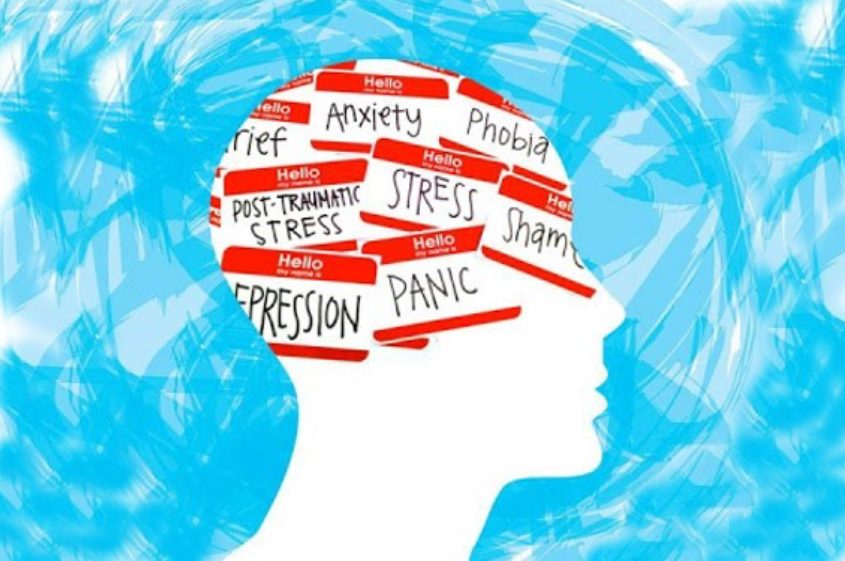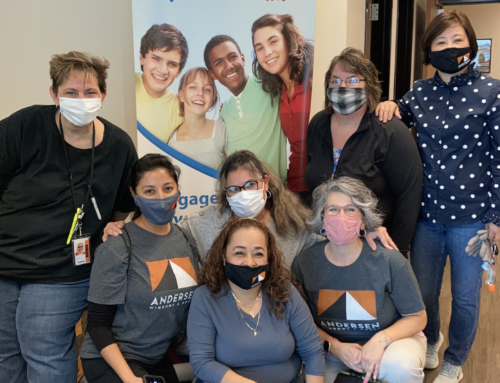Trauma-Informed Care: What is it and why is it important?
Traumatic experiences have effects. Understanding trauma and how traumatic events can affect youth is essential when promoting recovery and resilience and ensuring that youth are not re-traumatized while seeking assistance. Despite serving people affected by trauma, many agencies that work with youth experiencing homelessness have not adapted their services to meet the unique needs of young people with complex trauma.
The most widely cited definition within the youth healthcare literature is based on the definition of trauma-informed approaches provided by Substance Abuse and Mental Health Services Administration (SAMHSA), which states that a trauma-informed program serving homeless youth and runaway youth:
- Realizes the widespread impact of trauma and understands potential paths for recovery.
- Recognizes the signs and symptoms of trauma in clients, families, staff, and others involved with the system.
- Responds by fully integrating knowledge about trauma into policies, procedures, and practices.
- Seeks to actively resist re-traumatization.
In summary, becoming “trauma-informed” means recognizing that people have many different traumatic experiences which often intersect in their lives. Well-meaning services providers can often re-traumatize clients who need understanding, support, and individually conscious care.
What do we mean by trauma?
Trauma is a complex experience that affects a person and the systems that serve them in a variety of ways. The experience of trauma can be described through some common elements: event, experience, and effects (also known as “Three E’s”). These elements address the uniqueness of an individual’s response to an event and how an event affects one’s future behavior and well-being.
- An event is objective and measurable. Traumatic events include abuse (physical, emotional, sexual), domestic or community violence, an accident or natural disaster, and war or terrorism.
- An experience is subjective and difficult to measure because it relates to how someone reacts to an event. It is often thought to be life threatening or physically or emotionally overwhelming, and intensity can vary among people and over time. The way one person experiences an event might differ from the way another person does; culture, gender, and age all influence one’s experience of the event. Additionally, people experience events in different ways. Resilience, risk and protective factors, and supports may contribute to this experience.
- Effects are the reactions a person has to an event and the ways an experience changes or alters that person’s ongoing and future behavior. Classic symptoms include experiencing hyperarousal, such as overreacting or being hypervigilant, re-experiencing an event as nightmares or flashbacks, and avoiding a situation by having a fight, flight, or freeze reaction. The effects of a traumatic event can have a long-term impact on neurobiological development and contribute to negative physical, hormonal, and chemical changes due to stress responses.
Adopting a trauma-informed approach
Trauma-informed care is recognized as appropriate for anyone who has been through a traumatic event. Trauma is pervasive in the lives of youth who are street involved or homeless and is both a cause and a consequence of homelessness. Childhood neglect and emotional, physical, and sexual abuse are common experiences for these young people. Many of these youth have run from abusive or neglectful home environments, while others have been kicked out of their homes, including young people who are abused or rejected as a result of their sexual orientation or gender identity.
Youth who are physically or sexually abused, or who go through other trauma-inducing experiences, can develop mental health disorders and related problems. Trauma can fundamentally affect how a young person grows and develops. They often struggle with self-esteem, which puts them at risk for substance use, suicide, and other negative outcomes. They have numerous academic difficulties, including below-grade level reading, high rates of learning disabilities, poor school attendance, and failure to advance to the next grade or graduate.
Tonier Neen, a trauma survivor who benefited from trauma-informed care and now travels around the country educating others, emphasizes the importance of asking the right questions. Asking “What happened to you?” is, for instance, much better than asking “What is wrong with you?”
Another crucial step involves educating staffers at public and private agencies to be aware of both the trauma that clients have experienced and what actions or policies may retraumatize them. For example, isolating a rape victim and placing her in leather restraints may draw the victim’s mind back to the rape incident; if that happens, the victim is forced to relive the trauma all over again. Trauma survivors have unique vulnerabilities and triggers that trauma-informed care providers seek to understand and address.
When providing trauma-informed care and services, patience is key. Healing doesn’t happen overnight.
Sources:
Find Youth Info. Implementing a Trauma-Informed Approach for Youth across Service Sectors. https://youth.gov/docs/Trauma_Informed_Approach_508.pdf
Mitchell, T. Trauma- Informed Care Emerging as Proven Treatment for Children, Adults with Behavioral, Mental Health Problems. The National Center for Youth Law. (NCYL). https://youthlaw.org/publication/trauma-informed-care-emerging-as-proven-treatment-for-children-adults-with-behavioral-mental-health-problems/
Orygen. Clinical practice in youth mental health: What is trauma-informed care and how is it implemented in youth healthcare settings. https://www.orygen.org.au/Training/Resources/Trauma/Clinical-practice-points/What-is-trauma-informed-care-and-how-is-it-impleme/orygen_Trauma_informed_care_CPP






